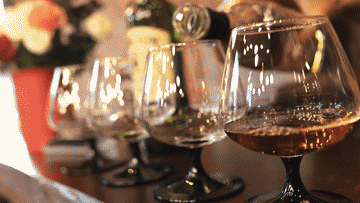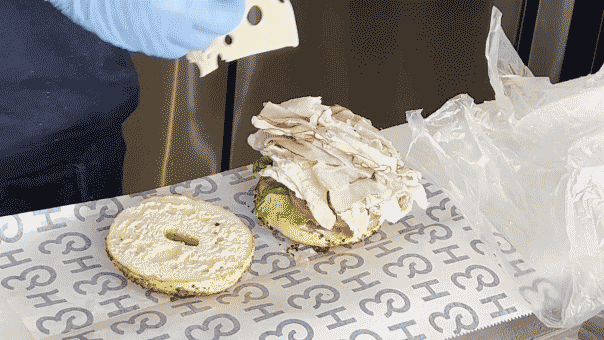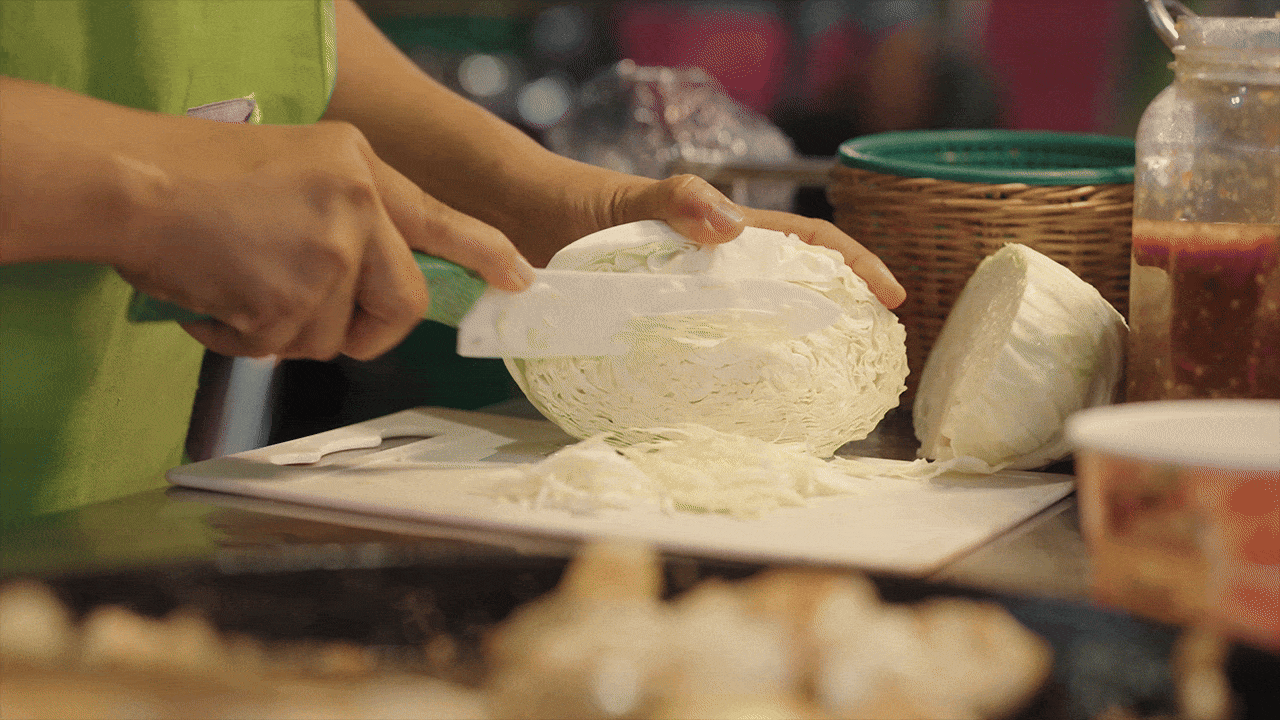It wasn’t so long ago that sushi was still considered an exotic delicacy by many, one too strange and outside-the-box to pay much attention to.
The seemingly simple pairing of raw fish and rice was the domain of the adventurous and the very rich, the ones who were looking to impress. Today, however, there are sushi restaurants across America of just about every stripe, from holes-in-the-wall turning out decent California rolls and tuna sashimi to sprawling emporiums run by internationally renowned chefs, from cozy neighborhood favorites to upscale counters that might as well be temples to fish and rice.
There are some amazing sushi restaurants in America, and this is our second annual ranking of the nation's 35 best — from a restaurant in Los Angeles where a 30-course omakase (chef's choice) menu costs $395 (and one in New York City where the bill rises to $450) to a counter tucked away inside a bustling Japanese market in Miami.
First, a little history: In the eighth century, a new way of preserving fish was developed in Southeast Asia, a process in which whole fish were salted and wrapped in fermented rice. The primary purpose of the rice was to prevent the fish from spoiling (it was thrown away before the fish was eaten) — but over the years, fermentation time decreased and people began eating the rice along with the fish. Eventually fermentation was done away with altogether, and the rice was treated with vinegar instead (the classic written form of the word sushi meant “sour-tasting”). By the early 1800s, sushi had become something of a fast food in Tokyo; chef Hanaya Yohei is generally regarded as having invented “modern-style” sushi at this time, although his fish was generally marinated in soy sauce or lightly cooked to prevent spoilage. Inexpensive sushi stands proliferated, and when they were outlawed by the government due to sanitation issues, the chefs took to opening their own restaurants instead.
Sushi finally made its way across the Pacific in 1966, when Noritoshi Kanai and business partner Harry Wolff opened Kawafuku in Los Angeles’ Little Tokyo. It was a huge success with Japanese businessmen, who introduced sushi to their American colleagues. Four years later, Osho opened in Hollywood and became popular with celebrities and other movers and shakers. The trend caught on in New York and Chicago, and it took its first major strides toward becoming mainstream when the California roll, the cuisine’s first attempt at “Americanization,” was invented — most likely in 1973 at a Los Angeles restaurant called Tokyo Kaikan by a chef named Ichiro Mashita. Obviously, L.A.'s contribution to sushi culture in America can’t be overstated.
As with most of the finer things in life, the more you look into sushi, the more you realize how much there is to learn. For many, the boundaries of sushi don’t extend far beyond a slice of fish on a small slab of rice, or rolled up with rice and seaweed, best complemented by some soy sauce, wasabi, and pickled ginger. And that’s perfectly fine; at the vast majority of America’s sushi restaurants, that’s all that’s available, and there’s nothing wrong with that. But the deeper you delve into sushi, the more you uncover. Words like sashimi, nigiri, maki, chirashi, and omakase become part of your culinary vocabulary, and before you know it you’re realizing that you prefer yellowtail to fluke, and from that moment on you’re hooked.As with most of the finer things in life, the more you look into sushi, the more you realize how much there is to learn.
"Great sushi starts with fresh fish and the right preparation,” Toshi Ueki, the master sushi chef at New York’s Blue Ribbon Sushi (which just missed inclusion in our ranking), told us when asked how he defines great sushi. “The fish must be properly filleted so that it stays fresh throughout the process. When slicing, each piece has to be cut perfectly so that the final presentation is beautiful. Perfect sushi rice is also a key component."
But isn’t the rice just… rice? Not by a long shot. Rice needs just as much attention as the fish, from washing it correctly to cooking it and 'vinegaring' it correctly. The rice alone can take years to master: It needs to be short grain, hold its natural form, and be right at body temperature; it should also have just the right amount of vinegar added, and should be sticky enough that it doesn’t fall apart as you bring it to your mouth. It should, however, separate into individual grains once you put it in your mouth. This is accomplished by applying the right pressure to the rice when forming the base of the sushi so the outer layer is more densely packed than the inside. And the topping (called neta) needs to be just the right size so it’s properly proportioned to the rice.
As for the fish, there’s a lot more involved than just making sure it’s fresh. “The first thing on my list is sourcing the best quality fish from southern Japan, Canada, and the Eastern Seaboard, but quality is more than just about the type of fish,” Jose Icardi, the executive chef at Miami’s Katsuya at SLS South Beach, added (Not all sushi chefs are Japanese these days, if you haven’t noticed). “It’s about getting the best texture and color, too. Sushi should have brilliant, fresh color, and melt in your mouth. After that, it is all about presentation.”
The deeper you delve into sushi, you realize that it truly is an art form that you could spend an entire lifetime studying. So dive into the best sushi that can be found from coast to coast.
1. Masa, New York City

(Masa NYC)
Masa Takayama is undeniably a sushi master: calm, precise, insistent on the very finest raw materials, and the sushi and other dishes you may sample at his flagship in Manhattan's Time Warner Center will be truly memorable. Does that justify the $450-per-person tariff (before tip or beverages) for his omakase menu — or, for that matter, the $200-per-person fee for cancellations less than 48 hours in advance? That's something each diner must decide for him- or herself. Suffice it to say that Masa's toro-stuffed maki rolls inspire ecstatic reactions, his fugu sashimi (including liver, skin, and intestines) is well worth the frisson you'll get from consuming this fabled blowfish (toxic if not properly prepared), and his toro with a generous helping of caviar seems almost worth the price of admission. That said, à la carte selections are also available.
2. Sushi Yasuda, New York City

(Sushi Yasada)
It’s a special kind of restaurant that you can walk into, sit down, and without looking at a menu just say to the people preparing your food, "Yes, please," — and know that every bite is going to send you searching for new superlatives. For sushi lovers, that’s exactly what Yasuda and its minimalist dining room represents. To say the fish is fresh just doesn’t do the place justice — for many, experiencing the taste and texture of seafood at Yasuda will set the bar for what freshness means.
3. O-Ya, Boston and New York
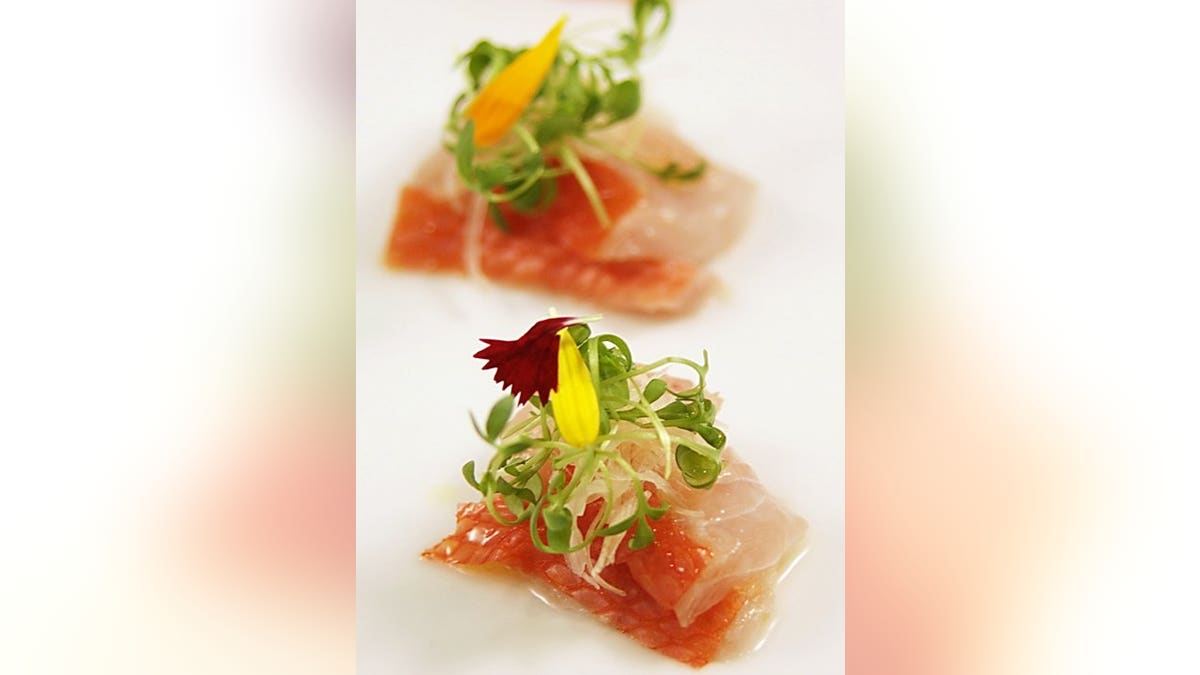
(O Ya)
Chef Tim Cushman brings innovative sushi and related new-Japanese fare to his menu with imagination and flair, serving these and other truly wonderful dishes; accompanied by a large choice of excellent sake and wine, in an understated dining room whose simplicity belies the complexity of flavors on the plate. Cushman won the 2012 James Beard Award for Best Chef: Northeast. You can expect to enjoy dishes like balsamic chocolate kabayaki, claudio corallo raisin cocoa pulp, sip of aged sake and warm eel with Thai basil, kabayaki.
4. Urasawa, Los Angeles

OLYMPUS DIGITAL CAMERA (iStock)
This Japanese culinary shrine, with a sushi bar and just enough room for ten diners nightly, located in a shopping center off of Rodeo Drive, might be called the West Coast version of New York City's Masa. That's not surprising: Not only did Urasawa chef-owner Hiroyuki Urasawa train under Masa Takayama before opening his eponymous restaurant here, but the spot previously housed Takayama’s Ginza Sushi-ko, where Masa made his reputation.
5. Sushi Nakazawa, New York City

(Sushi Nakazawa)
Those obsessed with sushi watched the 2011 documentary Jiro Dreams of Sushi with fascination and even a little bit of envy for the lucky diners sitting at the small bar in the tiny, three-Michelin-star restaurant tucked into a Tokyo subway station run by Jiro Ono, marveling at the many years his sons and apprentices took to master tasks like making rice and egg custard. A similar sense of marvel and fascination is now taking place in New York City at Sushi Nakazawa, the West Village restaurant opened by Jiro’s apprentice Daisuke Nakazawa in August of 2013 and promptly earned four stars from the New York Times. With its opening, America gained not just one of its best sushi restaurants, but one of its best restaurants period. Your two-hour meal at Sushi Nakazawa will feature about 21 pieces of sushi that Nakazawa prepares with dedication to tradition.
6. Nobu, Las Vegas
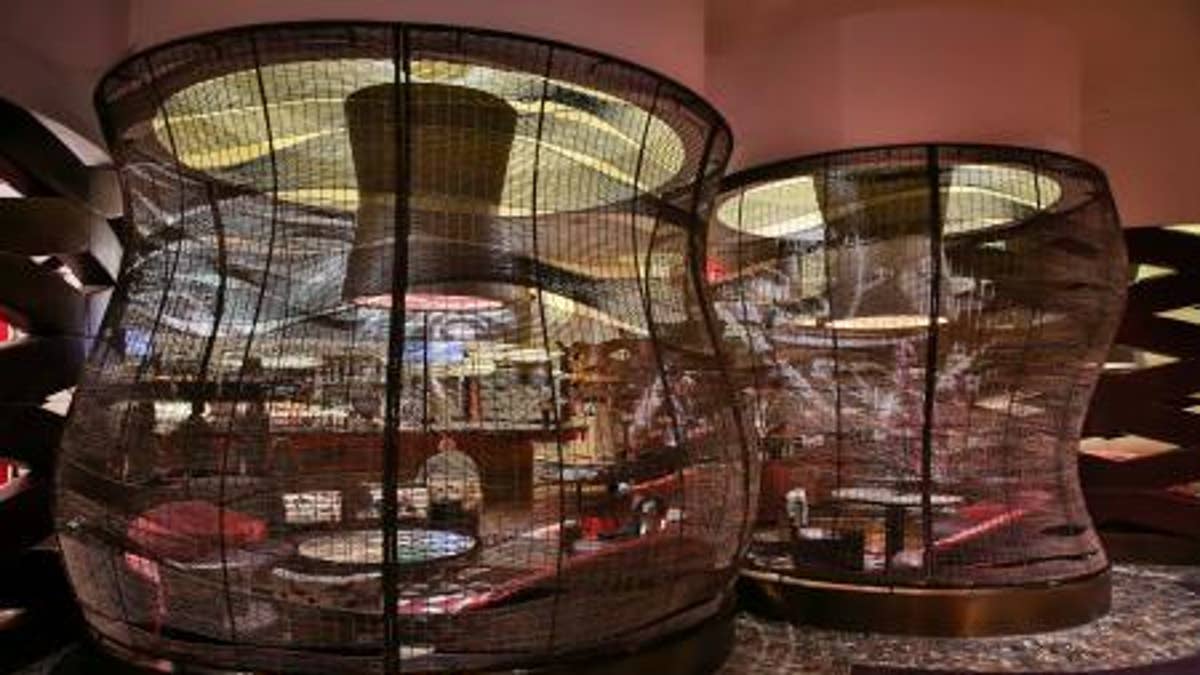
(Nobu Restaurants)
Nobu Matsuhisa is nothing short of a rock star in the sushi world, and a visit to one of his two Las Vegas restaurants (we recommend the one located in the newish Nobu Hotel inside Caesar’s Palace, but the original inside the Hard Rock Hotel is also spectacular) will immediately tell you why. These David Rockwell-designed Nobus are chic and hip, sure, places to see and be seen, but the ambiance never gets in the way of the food. You’ll find all the trademark Nobu dishes — black cod miso, rock shrimp tempura, yellowtail sashimi with jalapeño — but there’s also an astounding sushi selection. Even though Matsuhisa himself is more renowned for his hot dishes, he’s brought on some of the best sushi chefs in the world and his creative ingenuity is on full display here. Be it abalone, Japanese red snapper, shad (kohada), or striped jack (shima aji), when it’s served at Nobu, it’s going to be good.
7. Sushi Zo, Los Angeles
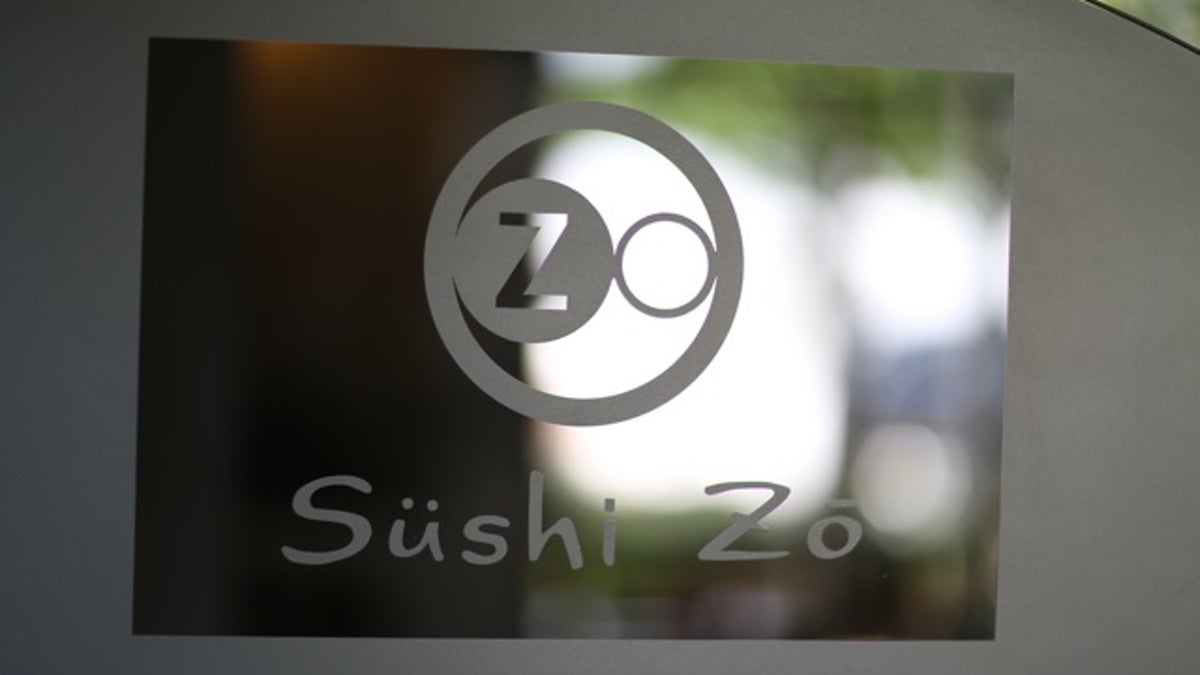
(Sushi Zo)
Once somewhat of a secret, chef Keizo Seki’s Sushi Zo, an unassuming gem located in a Westside Los Angeles strip mall, has branched out to a second and more contemporary high-profile downtown location (called just “Zo”). Seki is a no-nonsense sushi purist. Don’t expect California rolls, or laughing banter between bites of the precisely seasoned nigiri — the interactive experience is more temple than tempura. What you’ll get is course after course of fresh, expertly cut, beautifully presented sushi delivered quickly and in quiet moments, time enough to savor high quality. It’s no understatement to say this is some of the best sushi in the country, and if you believe world-famous chef Ferran Adrià, it’s even better than what you can find in Japan.
8. Sushi Zen, New York
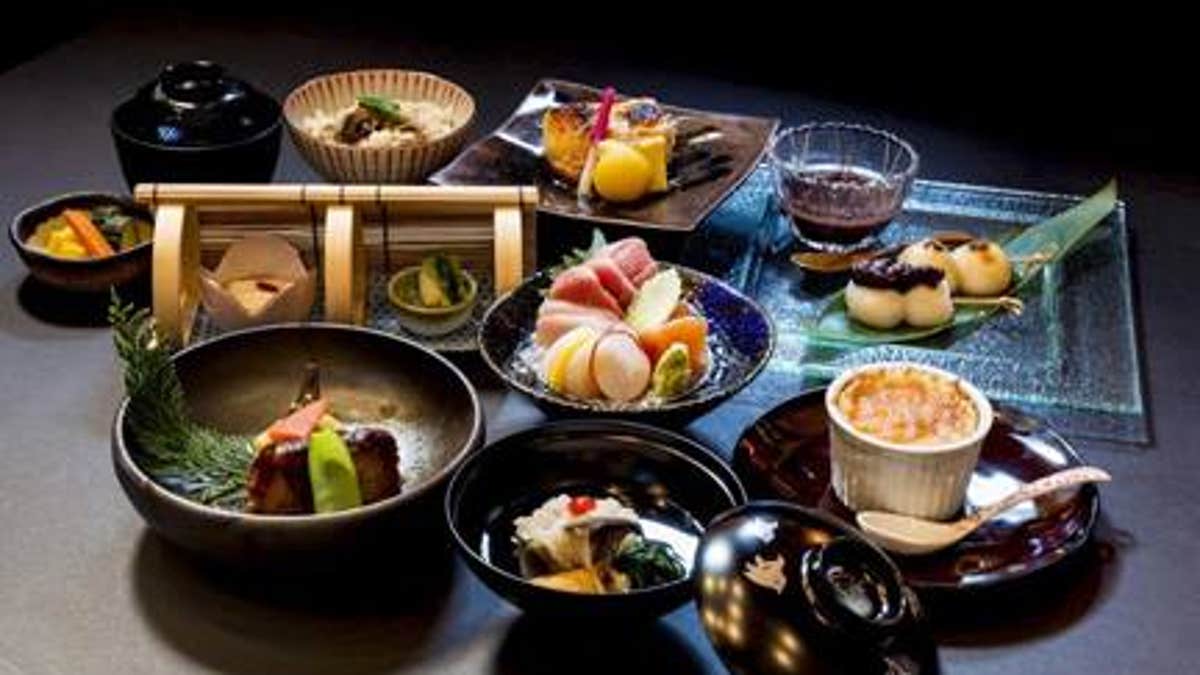
(Sushi Zen)
From décor and presentation to style and taste, everything at this decades-old Midtown West sushi restaurant is about harmony. Stepping in off the busy street just a block from Times Square, you immediately feel a calm only Japanese hospitality can provide. Allow yourself to be ushered to the 10-seat counter that doesn’t feature the sushi case ubiquitous to most sushi restaurants for an intimate and deliberate experience.
9. Oishii, Boston
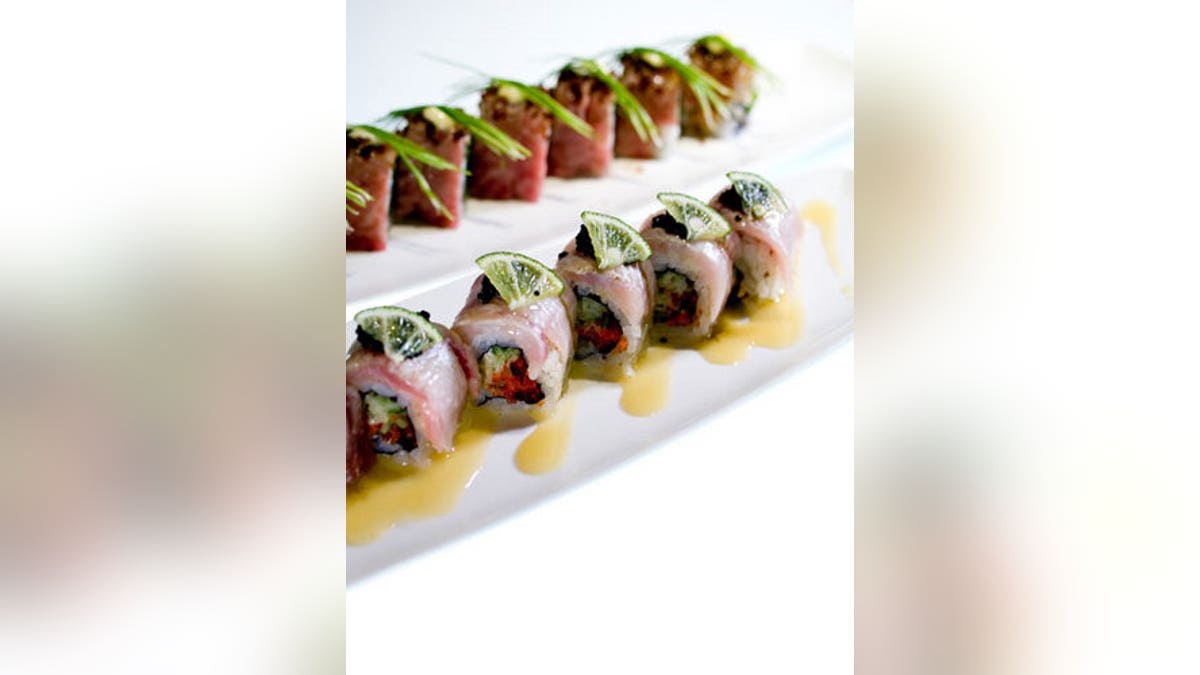
(Oishii Boston)
Boston isn’t a city that’s generally known for its sushi, but the fish at this South End gem is right up there with the country’s best. Chef Ting Yan opened the restaurant in 1998 with the intention of drawing on influences from his multicultural background and experience as a sushi master in Seattle, Portland, San Francisco, Chicago, and New York, and unexpected menu items include kaffir lime duck salad, handmade tofu, and foie gras-truffle sushi. While there’s a wide menu of expertly prepared appetizers, entrees, soups, and salads, the sushi selection is exceptional. Six types of salmon, 12 types of tuna, 10 types of shellfish… the variety alone is enough to make your jaw drop, and Yan knows exactly the right way to slice, treat, and garnish each fish.
10. Naoe, Miami
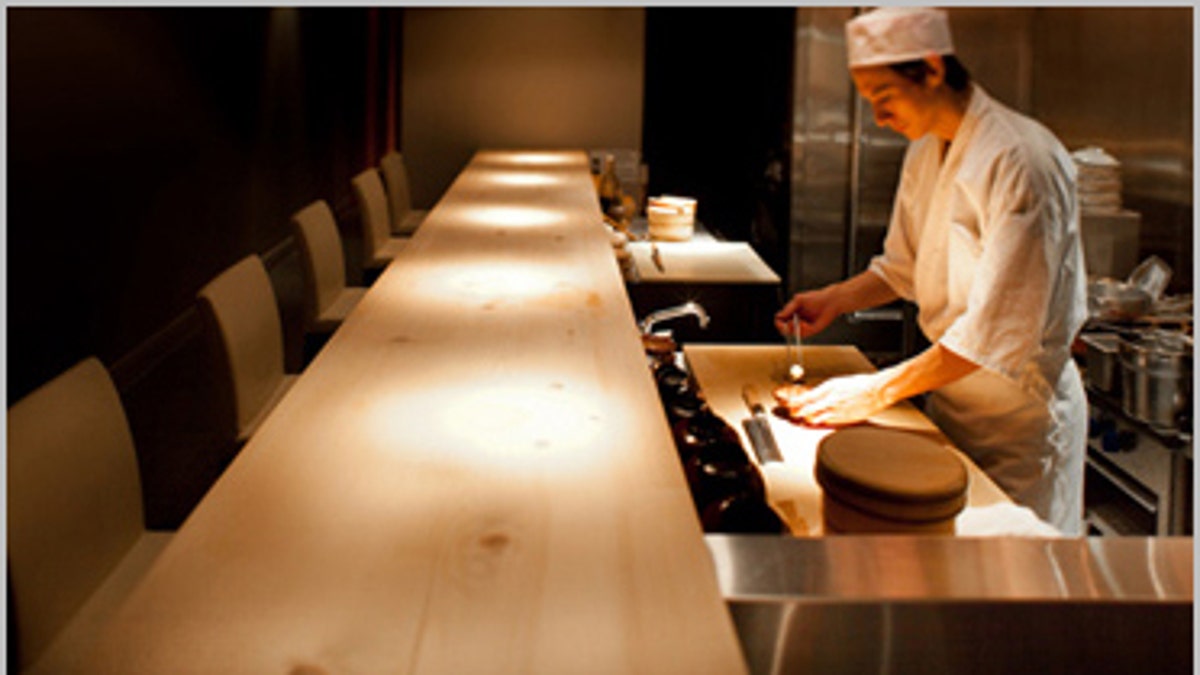
(Naoe)
For sushi lovers, Naoe is a little slice of heaven in Miami. The sushi here would be right at home even at a high-end spot in Japan, and at this tiny, eight-seat temple to raw fish, you can let sushi master Kevin Cory, dubbed the "Omakase King," be your guide. The accolades for Naoe just keep piling up: Five stars from Forbes Travel Guide, named one of the country’s best sushi restaurants by Travel + Leisure, a nomination for best new chef from Food & Wine, and so on (Last month, chef Ferran Adrià even called it “one of the best Japanese restaurants that I have been to outside of Japan, in the world”). If you can snag a reservation (only 16 guests are served each night), you’ll be presented with a selection of some of the freshest seafood imaginable, from both Japanese and local waters. There’s horse mackerel topped with fresh wasabi, fresh-roasted and basted eel, urchin-topped egg tofu, cured squid, Scottish salmon belly… the selection goes on and on, and by the time your meal is through, you may never look at sushi the same way again.
Check out more sushi from coast to coast.
More from The Daily Meal
The 25 Best Cheeseburgers in America
50 Best College Bars in America 2015
101 Best Food Trucks in America








